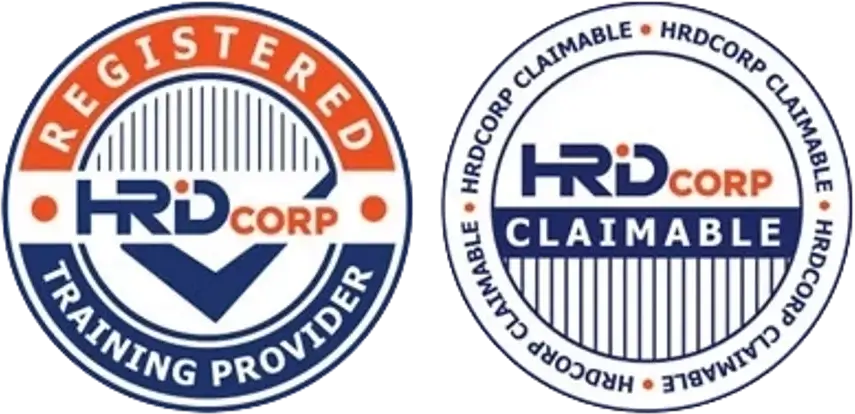How Do You Prioritize Hazards in a Complex Food Process?
When your food manufacturing process involves multiple ingredients, steps, and equipment, identifying hazards is just the start.
The real challenge?
👉 Knowing which hazards to control first, and which ones pose the biggest risk to your product and consumer.
That’s where hazard prioritization — a key step in HACCP and ISO 22000 — comes in.
🎯 Why Hazard Prioritization Is Critical
-
Not all hazards are equal
-
Helps prevent over-control and resource waste
-
Ensures your Critical Control Points (CCPs) are focused where it matters
-
Supports compliance with:
-
ISO 22000
-
FSSC 22000
-
Codex HACCP guidelines
-
GMP and NPRA requirements
-
🧪 Common Hazards in Complex Food Processes
-
Biological: bacteria (Salmonella, Listeria), viruses, parasites
-
Chemical: cleaning agents, allergens, pesticide residues
-
Physical: metal fragments, glass, bone, plastic pieces
-
Radiological or intentional (Food Fraud): rare, but must be considered
⚙️ When Do You Need to Prioritize Hazards?
-
New product launches with multiple processing stages
-
Complex processes involving:
-
Mixing, blending, fermenting, or packaging
-
Multi-source ingredients
-
-
Contract manufacturing where raw materials come from various suppliers
-
High-risk categories: ready-to-eat, infant foods, functional foods
✅ Steps to Prioritize Hazards in a HACCP Plan
1. Identify All Potential Hazards
-
Use:
-
Process flow diagrams
-
Supplier specs
-
Previous audit or recall history
-
Scientific literature (e.g., Codex, FSANZ, EFSA)
-
2. Assess the Likelihood of Each Hazard
-
Ask:
-
How likely is this hazard to occur?
-
Has it happened before in similar products or processes?
-
3. Evaluate the Severity
-
Consider:
-
Can it cause food poisoning, injury, allergic reaction?
-
Is it dangerous even in small quantities?
-
4. Use a Risk Assessment Matrix
-
Score each hazard based on:
-
Likelihood (Low, Medium, High)
-
Severity (Minor, Moderate, Severe)
-
-
Multiply scores for risk ranking
5. Categorize Hazards
-
High-risk → must be controlled by CCP
-
Medium-risk → may be controlled by PRPs or OPRPs
-
Low-risk → monitor through GMP or general hygiene programs
6. Determine the Point of Control
-
For high-risk hazards, ask:
-
Where in the process can this be controlled?
-
Can it be eliminated, reduced, or prevented?
-
🛠 Tools to Support Hazard Prioritization
-
HACCP worksheets with risk ranking columns
-
Decision trees (Codex-based) for CCP identification
-
Food safety software with built-in hazard libraries
-
Consultant guidance for custom or high-risk operations
💬 Tips to Make Prioritization Easier
-
Always review your hazard list during HACCP review (annually or after changes)
-
Involve cross-functional teams: QA, production, engineering, R&D
-
Don’t assume — verify with lab testing or supplier COAs
-
Use real-life data (e.g., complaints, incidents, recalls) to adjust risk rankings
⚠️ Common Mistakes to Avoid
-
Treating all hazards as equally critical
-
Failing to reassess risks after process or supplier changes
-
Over-relying on checklists without factory-specific data
-
Ignoring emerging hazards (e.g., allergens, Listeria in RTE)
📌 Final Thoughts
Hazard prioritization isn’t just paperwork — it’s your first line of defense against product failure, recalls, and consumer harm.
Ask yourself:
✅ Are we spending time and resources controlling the right hazards?
✅ Are our CCPs based on risk, or just habit?
✅ Do we review and adjust our prioritization when changes occur?
If the answer is unclear, it’s time to revisit your risk ranking and strengthen your HACCP foundation.
💼 Need help prioritizing hazards in a complex or high-risk food process?
At CAYS Scientific, we guide Malaysian SMEs through:
✔️ HACCP hazard analysis workshops
✔️ Risk ranking tools and training
✔️ CCP identification and verification
✔️ ISO 22000 and FSSC 22000 implementation
📞 Let’s ensure your HACCP system targets the right risks — before they target your product.




